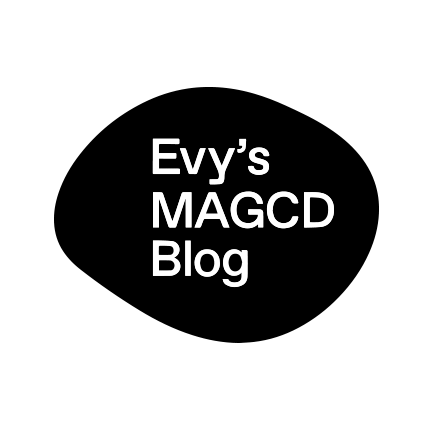After a couple of difficult weeks trying to push forward towards a different direction in my research, I had to pause and refocus on my original intent. That is, to explore the recording and translation of memories and oral history through graphic communication design.
I realised that last term I had started developing a research method based on making, that is, by going through experimental workbooks which allowed me to see my research subject from different angles through very physical means. The constrains of the page and its affordances are something that’s becoming extremely helpful in the way I interpret and organise information, having so many mediums and formats at my disposition in the digital age.
This week I’ve been working on getting back on track and running some initial experiments to expand on my investigation around translation of food memories through archival material. For this first iteration, I’m working with anonymous oral history transcripts from the Elizabeth Roberts Working Class Oral History Archive at Lancaster University, extracting and analysing particular references made to food from different angles. Inspired by Laura’s Language workshop, I use ChatGPT to extract data from the text and start to explore ways in which GCD can be used to “read” oral histories in new ways. I decided to follow on the theme of people’s relationship with food, as my previous experiments showed there’s great potential in engaging in relatable conversation about something so human and primal such as eating.
Daido Moriyama
This week I also visited Moriyama’s exhibition at the Photographer’s Gallery. This gave me a renewed interest in publishing and photography as a way to understand and share stories. Somehow, Moriyama’s creative method is somehow reminiscent of the “drift” I had been exploring in my investigation of place.
I found Moriyama’s work particularly appealing because of his focus on people, places and memory, and his method of bringing disparate images together through curation and arrangement.


“I wondered if, by removing each of the photographs I had taken over the last few years from their original context, treating them as fragments, and then recomposing these various fragments , could I reconstruct the confused visions of everyday life?” – Daido Moriyama
Using Moriyama’s approach to “bringing disparate images together” through publication form, I started exploring a selection of oral histories from the Elizabeth Roberts Archive through visual form. For these workbook, I only use footage and stills taken from my camera roll as a condition, which up till January 2024 holds more than 21K images. I look at 3 different stories and explore each one of them from different angles.





Next Steps
Although I had to take a detour to get to this point, finding alignment with my original inquiry has really helped me to move forward and start producing visual work. How can graphic communication design influence the recording, and translation of memory, oral history and first-hand accounts in the context of ongoing dematerialisation?
The intersection between graphic communication design and oral history is a field which has a lot to offer. What started as an exploration of memory and anecdote is evolving and taking a more focused course towards exploring memories around social eating.
But, why do I want to “read” or disclose these stories about sharing food? When I looked at the Norwich cookbooks, I realised that there was a strong link between the production of these and the community itself. At a time where isolation can be so prevalent, memories of social eating are a shared experience that taps into our deepest human need for community. These contextual implications is what ties my investigation to the idea of dematerialisation.
In the next few weeks, I’ve been working on creating a kind of “oral history cookbook” by using some of the methods and processes I’ve discovered throughout the course. Instead focusing on archival transcripts only, I will be interviewing a collection of individuals and recording their social eating stories through visual and textual form. Image-making will be core element for this project, as I will be experimenting further with photography and “found fragments”.
Relevant references –
- You and I Eat the Same: On the Countless Ways Food and Cooking Connect Us to One Another. René Redzepi.
- Breaking Bread: the Functions of Social Eating. R. I. M. Dunbar.
- Mamma: Reflections on the Food that Makes Us. Mina Holland. “A collection of oral histories with recipes exploring the influence of family on our relationship with food.”
